The Wii3D Project Background
Glove Interaction
There have been many gloves developed for use with a computer, each with its own merits and downfalls for a wide variety of applications.
Sayre Glove
Richard Sayre postulated that a glove that used flexible tubes (not fibre optics), with a light source at one end and a photocell on the other could measure the extent to which a finger is bent. The reported voltage across the photocell is correlated to the finger bending. Thomas DeFanti and Daniel Sandin developed such a glove, which is both inexpensive and lightweight.
MIT LED Glove
The MIT Architecture Machine Group used a camera focused on an LED-studded glove to track limb position for real-time computer graphics animation. This glove, however, was designed and used for motion capture rather than a control device.
- Glove Interaction
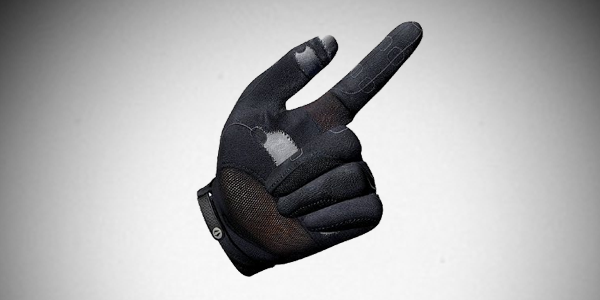
- MIT LED Glove
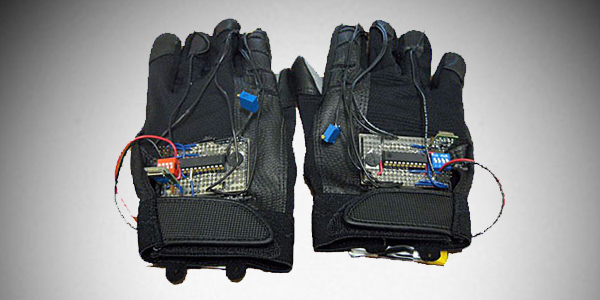
- Grimes Digital Data Entry Glove
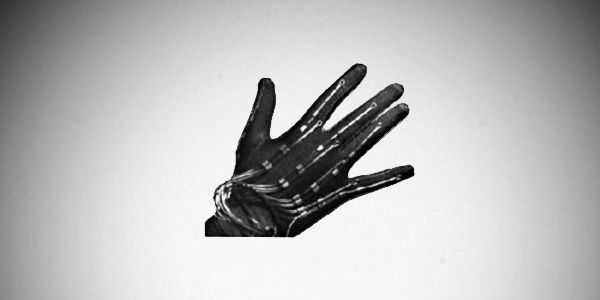
- Zimmerman VPL DataGlove
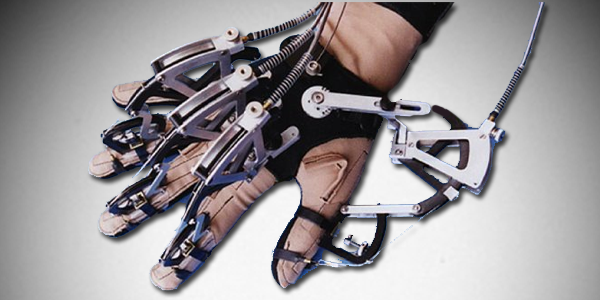
- MIT Dexterous Handmaster
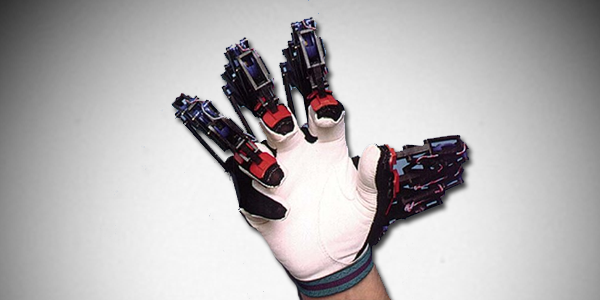
- Nintendo PowerGlove
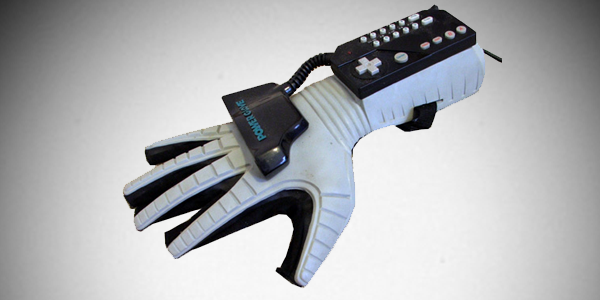
- CyberGlove
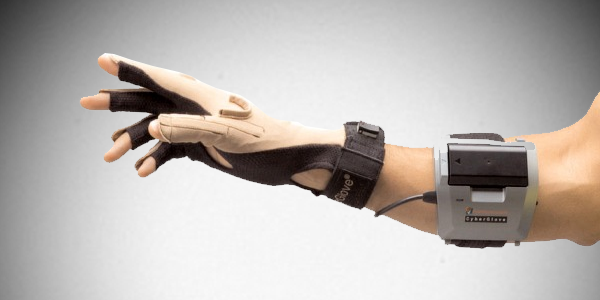
Digital Data Entry Glove
This glove used hard-wired circuitry that consisted of bend, touch and inertial sensors. Although not commercially developed, this system was developed to recognize 80 unique combinations of sensor readings mapped to a subset of the 96 printable ASCII characters from the gestures defined in the Single Hand Manual Alphabet for the American Deaf.
DataGlove
The DataGlove, developed by Thomas Zimmerman, used optical fibres to measure the angle of the bend in 10 of the finger joints of the hand to give a description with 6 degrees of freedom (position and orientation) of the hand gesture. The glove was constructed from Lycra and optical fibre that ran along the back of the finger joints. Each glove was calibrated at a per-user level, and this calibrated glove would then solve the configurations of the fingers using the analogue attenuation of the light in the optical fibres in the 10 flex sensors. The glove used a magnet that detected the orientation of the hand in three dimensional space. The glove uses a serial cable to transmit the flex and positional information to a computer.
This glove had several key advantages over its predecessors - it operated in real-time, did not require line of sight to a camera, and was lightweight and unobtrusive to the user. This glove was made commercially available by VPL Research at a reasonable cost, and resulted in quite widespread use around the world. The accuracy of the glove's flex sensors was rated at 1º, but research showed that it was closer to 5º or 10º. Furthermore, the operating frequency of 30Hz was not sufficient for precision gestures.
Dexterous Handmaster
This input device, developed by MIT for the control of Dexterous Hand robot, was far more accurate than the data glove, with its 20 degrees of freedom measured (4 per finger) by Hall Effect sensors as potentiometers at the joints. However, the accuracy gained by the glove was at the expense of comfort, made of an intricate aluminium exoskeleton that was attached to the joints throughout the hand. The glove accurately measures the bend of each of the joints in the fingers, the relative rotation of the each finger in relation to the hand and the complex motion of the thumb at 200Hz within 1º of flexion.
Power Glove
Nintendo, inspired by the VPL DataGlove, designed a glove for its gaming consoles that was constructed from moulded plastic and Lycra to allow flexible movement, with one resistive ink sensor per finger for flex detection. The glove used an acoustic unit mounted on the hand to track the glove in three dimensional space to one quarter of an inch using a television mounted acoustic sensor, with further trackers to determine the rotation of the hand.
The Power Glove was not particularly accurate, but its crude gesture recognition abilities were sufficient for the gaming application for which it was designed.
Cyber Glove
The CyberGlove was designed to translate American Sign Language into verbal English. It was constructed from 22 thin foil strain gauges sewn into thin fabric. The analogue signal are processed and converted into a digital streaming signal that is sent to a computer using a serial connection. The observed performance of the glove was smooth and stable, while retaining accuracy within 1º of flexion.
Space Glove
Virtual Entertainment Systems, a company in the development of arcade games, developed a glove for use with its arcade games that measure the flexion of the fingers using sensors that measure 1 degree of freedom per finger and 2 degrees of freedom on the thumb. This, in conjunction with the magnetic tracker in the back of the glove that tracks the gloves position in three dimensional space, is used for the gaming interface with other Virtual Entertainment Systems (previously W. Industries) arcade games.
